Overview of Electronic Components and Their Functions
1/27
There's no tags or description
Looks like no tags are added yet.
Name | Mastery | Learn | Test | Matching | Spaced |
|---|
No study sessions yet.
28 Terms
Fixed Resistor
A resistor with a constant resistance value that cannot be adjusted, used to limit current or divide voltage.
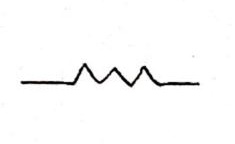
Variable Resistor
A resistor whose resistance value can be manually adjusted, often used for tuning or calibration, like a potentiometer.
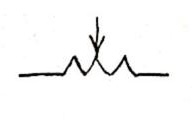
Fixed Capacitor
A capacitor with a fixed capacitance value, used to store and release electrical energy or filter signals.
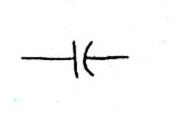
Polarized Capacitor
A capacitor with a specific polarity (positive and negative terminals), typically higher-capacitance electrolytic capacitors.
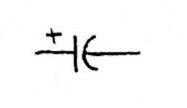
Rectifier/Diode
A semiconductor device that allows current to flow in one direction only, used for rectifying AC to DC.
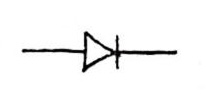
Zener Diode
A diode designed to allow reverse current flow at a specific breakdown voltage, often used for voltage regulation.
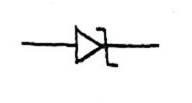
PNP Transistor
A bipolar junction transistor (BJT) with a layer sequence of P-type, N-type, and P-type material, activated when the base is more negative than the emitter.
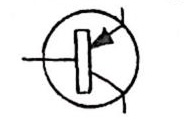
NPN Transistor
A BJT with a layer sequence of N-type, P-type, and N-type material, activated when the base is more positive than the emitter.
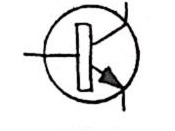
LED (Light-Emitting Diode)
A diode that emits light when current flows through it in the forward direction.
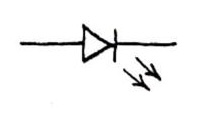
Solar Cell
A device that converts light energy into electrical energy using the photovoltaic effect.
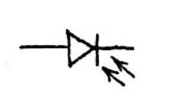
Photo-Resistor
A light-sensitive resistor whose resistance decreases as light intensity increases.
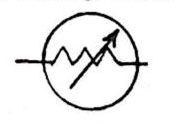
Photo-Transistor
A transistor that operates based on light intensity rather than a current signal.
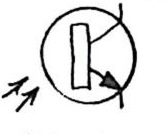
Connected Wires
Two or more wires joined electrically to form a circuit connection, usually represented by a dot at the intersection.
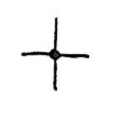
Unconnected Wires
Wires that cross but do not form an electrical connection, often shown without a dot or a small arc.
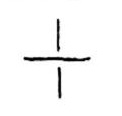
Positive Supply
The positive terminal or voltage source in a circuit, providing power to components.
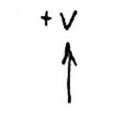
Ground
The reference point in a circuit with zero voltage, used as a return path for current.
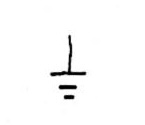
SPST Switch (Single Pole Single Throw)
A simple on/off switch that controls a single circuit.
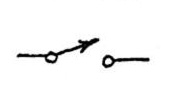
SPDT Switch (Single Pole Double Throw)
A switch that connects a single input to one of two outputs.
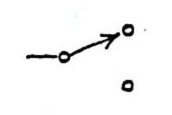
Normally Open Push Button
A momentary switch that remains open until pressed, completing the circuit when activated.

Normally Closed Push Button
A momentary switch that remains closed until pressed, breaking the circuit when activated.

Relay
An electrically operated switch that uses an electromagnet to control high-power circuits with a low-power signal.
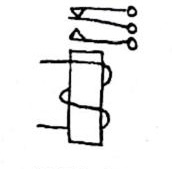
Transformer
A device that transfers electrical energy between two or more circuits through electromagnetic induction, often changing voltage levels.
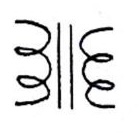
Speaker
A device that converts electrical signals into sound waves.
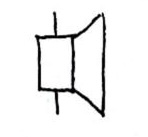
Piezo-Speaker
A speaker that uses piezoelectric material to produce sound, typically for high-pitched tones.
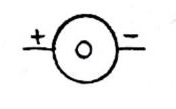
Meter
A device used to measure electrical properties like voltage, current, or resistance (e.g., a multimeter or ammeter).
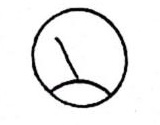
Lamp
A device that produces light when current passes through it, often represented as a filament bulb.

Battery
A device that stores chemical energy and converts it into electrical energy to power circuits.
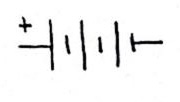
OP-AMP (Operational Amplifier)
A high-gain voltage amplifier with differential inputs and a single-ended output, used for signal processing and amplification.
